SMT3 / YDR510W Overview
- Standard Name
- SMT3 1
- Systematic Name
- YDR510W
- SGD ID
- SGD:S000002918
- Feature Type
- ORF , Verified
- Description
- Ubiquitin-like protein of the SUMO family; conjugated to lysine residues of target proteins; associates with transcriptionally active genes; regulates chromatid cohesion, chromosome segregation, APC-mediated proteolysis, DNA replication and septin ring dynamics; human homolog SUMO1 can complement yeast null mutant 2 3 4 5 6 7 8 9 10
- Name Description
- Suppressor of Mif Two 11
- Comparative Info
-
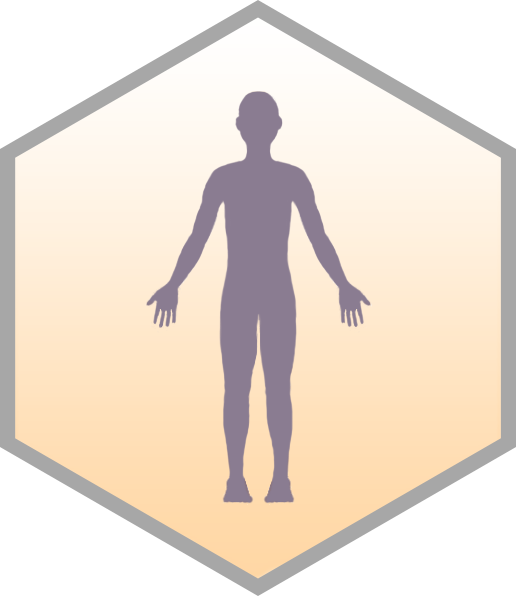
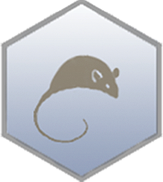
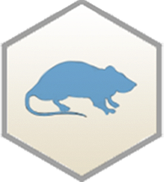
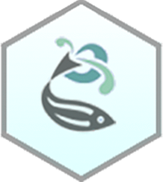
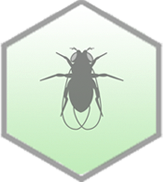
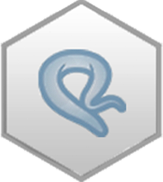
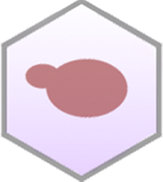
Sequence
The S. cerevisiae Reference Genome sequence is derived from laboratory strain S288C. Download DNA or protein sequence, view genomic context and coordinates. Click "Sequence Details" to view all sequence information for this locus, including that for other strains.
- Summary
- SMT3/YDR510W is located on the right arm of chromosome IV near the telomere between dubious ORFs YDR509W and YDR510C-A; coding sequence is 306 nucleotides long with 2 synonymous SNPs
Analyze Sequence
S288C only
BLASTN | BLASTP | Design Primers | Restriction Fragment Map | Restriction Fragment Sizes | Six-Frame Translation
S288C vs. other species
BLASTN vs. fungi | BLASTP at NCBI | BLASTP vs. fungi
S288C vs. other strains
Protein
Basic sequence-derived (length, molecular weight, isoelectric point) and experimentally-determined (median abundance, median absolute deviation) protein information. Click "Protein Details" for further information about the protein such as half-life, abundance, domains, domains shared with other proteins, protein sequence retrieval for various strains, physico-chemical properties, protein modification sites, and external identifiers for the protein.
- Summary
- SUMO is 101 amino acids long, of average half-life, and moderate abundance; acetylated on K54 and K58, ubiquitinylated on K54, sumoylated on 9 lysines, phosphorylated on 4 serines
- Length (a.a.)
- 101
- Mol. Weight (Da)
- 11591.1
- Isoelectric Point
- 4.66
- Median Abundance (molecules/cell)
- 15700 +/- 3546
- Half-life (hr)
- 9.6
Alleles
Curated mutant alleles for the specified gene, listed alphabetically. Click on the allele name to open the allele page. Click "SGD search" to view all alleles in search results.
View all SMT3 alleles in SGD search
Gene Ontology
GO Annotations consist of four mandatory components: a gene product, a term from one of the three Gene Ontology (GO) controlled vocabularies (Molecular Function, Biological Process, and Cellular Component), a reference, and an evidence code. SGD has manually curated and high-throughput GO Annotations, both derived from the literature, as well as computational, or predicted, annotations. Click "Gene Ontology Details" to view all GO information and evidence for this locus as well as biological processes it shares with other genes.
- Summary
- Protein tag attached to other proteins during protein sumoylation; localizes to nucleus, chromosomes, and septin ring
View computational annotations
Molecular Function
- Manually Curated
- enables protein tag activity (IDA)
Biological Process
- Manually Curated
- involved in protein sumoylation (IDA)
Cellular Component
- Manually Curated
- located in condensed nuclear chromosome (IDA)
- located in nucleus (IDA)
- located in septin ring (IDA)
Phenotype
Phenotype annotations for a gene are curated single mutant phenotypes that require an observable (e.g., "cell shape"), a qualifier (e.g., "abnormal"), a mutant type (e.g., null), strain background, and a reference. In addition, annotations are classified as classical genetics or high-throughput (e.g., large scale survey, systematic mutation set). Whenever possible, allele information and additional details are provided. Click "Phenotype Details" to view all phenotype annotations and evidence for this locus as well as phenotypes it shares with other genes.
- Summary
- Essential gene in reference strain S288C; reduction-of-function mutations cause increased telomere length, sensitivity to MMS, and decreased competitive fitness; overexpression results in slow growth, increased glucose consumption and ethanol accumulation
Classical Genetics
- overexpression
- reduction of function
- unspecified
- dominant negative
- null
- overexpression
- reduction of function
- conditional
Large-scale Survey
Disease
Disease Annotations consist of three mandatory components: a gene product, a term from the Disease Ontology (DO) controlled vocabulary and an evidence code. SGD provides manually curated DO Annotations derived from the literature. Click "Disease Details" to view all Disease information and evidence for this locus as well as diseases it shares with other genes.
Interaction
Interaction annotations are curated by BioGRID and include physical or genetic interactions observed between at least two genes. An interaction annotation is composed of the interaction type, name of the interactor, assay type (e.g., Two-Hybrid), annotation type (e.g., manual or high-throughput), and a reference, as well as other experimental details. Click "Interaction Details" to view all interaction annotations and evidence for this locus, including an interaction visualization.
- Summary
- SUMO interacts physically with proteins involved in DNA repair; SMT3 interacts genetically with genes involved in DNA repair
1151 total interactions for 720 unique genes
Physical Interactions
- Affinity Capture-MS: 170
- Affinity Capture-RNA: 6
- Affinity Capture-Western: 20
- Biochemical Activity: 20
- Co-crystal Structure: 4
- Co-purification: 1
- PCA: 89
- Protein-peptide: 23
- Proximity Label-MS: 1
- Reconstituted Complex: 29
- Two-hybrid: 110
Genetic Interactions
- Dosage Growth Defect: 3
- Dosage Rescue: 10
- Negative Genetic: 430
- Phenotypic Enhancement: 2
- Phenotypic Suppression: 13
- Positive Genetic: 52
- Synthetic Growth Defect: 147
- Synthetic Lethality: 8
- Synthetic Rescue: 13
Regulation
The number of putative Regulators (genes that regulate it) and Targets (genes it regulates) for the given locus, based on experimental evidence. This evidence includes data generated through high-throughput techniques. Click "Regulation Details" to view all regulation annotations, shared GO enrichment among regulation Targets, and a regulator/target diagram for the locus.
- Summary
- SMT3 promoter is bound by at least 10 different transcription factors in response to heat; SMT3 transcription is regulated by Sfp1p in response to stress; SMT3 transcription is also regulated by Rap1p and Tye7p
- Regulators
- 23
- Targets
- 0
Expression
Expression data are derived from records contained in the Gene Expression Omnibus (GEO), and are first log2 transformed and normalized. Referenced datasets may contain one or more condition(s), and as a result there may be a greater number of conditions than datasets represented in a single clickable histogram bar. The histogram division at 0.0 separates the down-regulated (green) conditions and datasets from those that are up-regulated (red). Click "Expression Details" to view all expression annotations and details for this locus, including a visualization of genes that share a similar expression pattern.
Summary Paragraph
A summary of the locus, written by SGD Biocurators following a thorough review of the literature. Links to gene names and curated GO terms are included within the Summary Paragraphs.
Last Updated: 2024-07-10
Literature
All manually curated literature for the specified gene, organized into topics according to their relevance to the gene (Primary Literature, Additional Literature, or Review). Click "Literature Details" to view all literature information for this locus, including shared literature between genes.